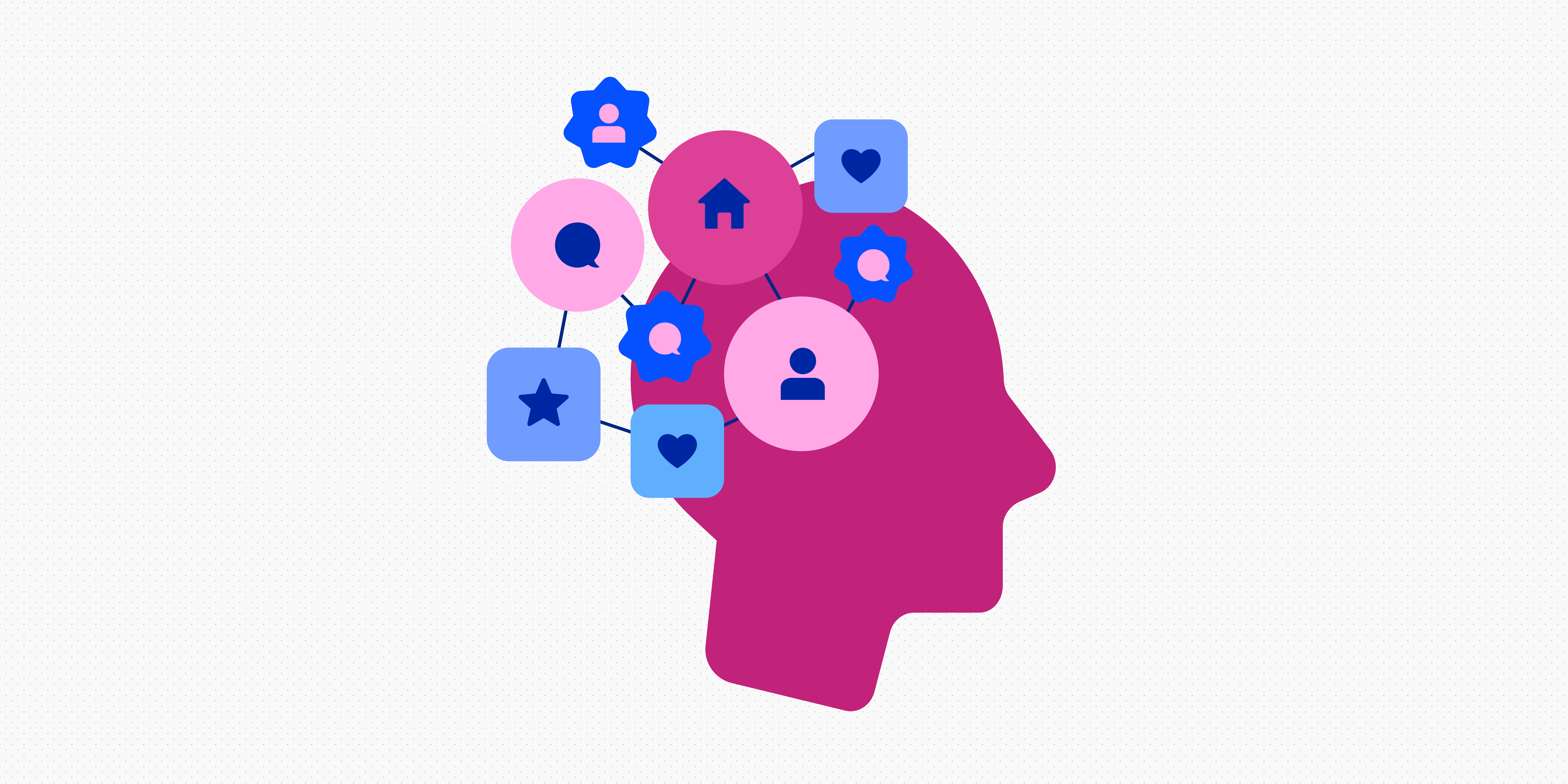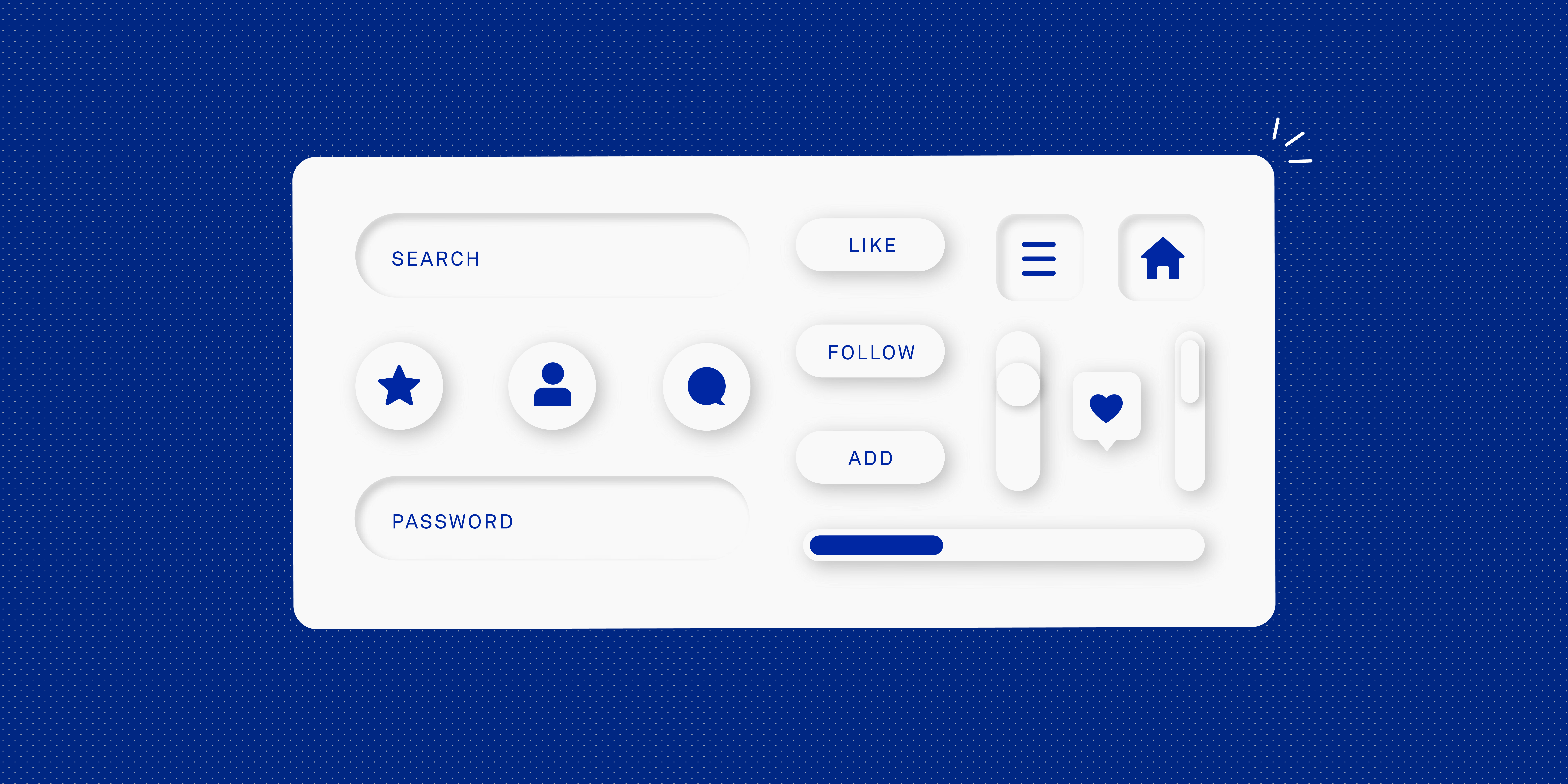Interviewing for a UX design job is already challenging. Add to it the pressure of completing a take-home design challenge in six hours or less mid-week. Or – worse – performing in front of an entire panel during a whiteboard interview.
It doesn’t have to be so scary, though. How can you remove some of the fear? Practice. Despite what your biggest fears are telling you, UX design challenges during the interview process aren’t meant to intimidate you. They were created to help employers evaluate your approach to design problems.
The UX design challenge is all about your process. No one expects you to come up with one fantastic answer to the challenge because there is no one correct answer. They’re expecting you to show your approach to the problem.
Design challenges during the interview process are created for a reason. The challenge will be written in a way that helps hiring managers understand how you’d approach a problem you’re unfamiliar with, see your process and check your cultural fit within the organisation. Design challenges are a simulation of the work you would do within the company you’re applying to.
Are you ready to practice? First, let’s talk about what you’ll face in a challenge. Then, we’ll cover some examples so you can prepare for your big challenge day.
What is a whiteboard UX design challenge?
Whiteboard challenges are usually limited to 30 minutes. Sometimes, you’ll get one hour to complete your challenge. These are done in front of the interview team. During a whiteboard challenge, your interviewers will give you a brief prompt. Then you’ll give them insight into your process.
Whiteboard interviews allow you to collaborate with the interview team, which will often also be your co-workers if you’re hired. Plus, they can see your approach to design happening in real-time.
What is a take-home UX design challenge?
A take-home UX design challenge is usually done at home – hence “take-home.” Employers will give take-home design challenges to give you more time to dive deeper into the problem and devise a solution end-to-end.
Your interviewer will give you a brief assignment. Usually, you’ll get about a week to finish a take-home assignment. Most employers will give you an estimated time to complete the challenge. It can take three to six hours to finish your take-home assessment. Often, though, a take-home challenge can take longer than the company estimated.
UX design whiteboard challenge examples
1. Speed Costco checkout
“We want to improve the Costco customer experience by eliminating the long lines at checkout. We’ve decided a self-checkout process is our solution but we want to do better than the typical self-checkout at grocery stores. Our research has shown they’re even slower than the usual checkout lanes.”
Find the entire prompt on 100 Days of Design
2. Bank chatbot
“You are a design director for a large national bank. Your bank wants to be ready to launch an app that will allow your customers to access their account information via a chatbot. To ensure seamless integration, consider how the chatbot will interact with existing banking systems to retrieve and deliver accurate information. How do you approach the challenge of providing information via a series of requests?”
Find the entire prompt on 100 Days of Design
3. Jeans
“Shopping for jeans and other form-fitting apparel online could be time-consuming and frustrating. It’s hard to compare different styles and it’s hard to know for sure how they will fit. It’s a disappointing experience when you have to return an item that doesn’t fit quite right. How can you help customers select the style of jeans that they’re looking for in the right size?”
Find the entire prompt on UX Challenge
4. Elevator lobby
“Our elevators work great, however, with over 2500 people using our elevators every day, we need a better system to get everyone to the right one.”
Find the entire prompt on 100 Days of Design
5. Subscription fees
“It’s hard to keep track of all the products and services that we have subscribed to every month. All we see is money deducting from our accounts, sometimes from services that we don’t need anymore. How can you design a product which helps manage subscriptions?”
Find the entire prompt on UX Challenge
6. Time machine
“We’ve invented an app that is easy to download onto your smartphone or smartwatch. It allows you to travel to any time in the past or future. But we’re having trouble designing the interface.”
Find the entire prompt on 100 Days of Design
7. Pet watch
“No matter how much we love our pets, we still need to leave home to go to work, travel, run errands… leaving our pets home alone and sad. How can you enable pet owners to interact with their pets when they’re not at home?”
Find the entire prompt on UX Challenge
8. App for kids
“We run a bespoke toy company and want to build an app for kids to design their own toys (which we will build).”
Find the entire prompt on 100 Days of Design
9. Invoices
“Managing multiple clients and projects is a part of running a business as a freelancer. However, sometimes clients don’t pay on time. How do you help freelance business owners keep track of payments from their clients and make sure that they receive payments from clients promptly for every project?”
Find the entire prompt on UX Challenge
10. Car locator
“We have over 15,000 employees and all of their cars on our main campus. Employees have been ‘losing’ their cars in the lot. They forget which of the 5 giant parking lots they parked in and are wandering around clicking their door alarms to find their cars. The noise pollution at the end of the day is terrible. We already have a company app. We want to add a feature to help employees find their cars.”
Find the entire prompt on 100 Days of Design
UX design take-home challenge examples
1. Janitors app
“We developed an app to help janitors stay on top of their job. It includes a way to inventory their supplies, recipes for cleaning solutions, an interactive space to upload a floorplan map to keep track of their workspace and a chart to keep track of their cleaning rotations. Your task is to design a single detail view for the map section of the app.”
Find the entire prompt on Designercize
2. Roommates
“Design a mobile product experience that appeals to millennials that makes it safe to find the ideal roommate in New York City. Design the experience from the perspective of a person who is looking for a roommate as well as the one who is looking for an apartment. Once the ideal roommate is found, what else can this product do to make the roommate experience better?
We are looking for you to identify pain points in the “finding/keeping a good roommate” journey and to find ways to solve those pain points.
Constraint: Stick to existing mobile capabilities of iOS and Android.”
Find the entire prompt on Prototypr
3. Gym class checkout
“We built a gym class discovery app. Currently, users can only discover gym classes – they can’t purchase them. To make our app profitable, we want to add a feature where users can purchase the classes they’re interested in through our app. Please design a full checkout process for our gym class discovery app.”
Find the entire prompt on Designercize
4. SmartHome Voice Assistance
“Imagine the Voice Assistance wants to understand how caregivers interact with the SmartHome devices to keep in touch with and help their clients. So far, the research has only been on the device owner’s side rather than the experience caregivers have. The team would like to present the results in six weeks.”
Find the entire prompt on DScout5. Homepage
“Our drop shipping company created an A/I powered shipping and logistics app to help podcast creators earn passive income through the merchandise that promotes their show. Your task is to design the homepage of a website for our A/I powered shipping and logistics app for podcast creators.”
Find the entire prompt on Designercize
6. GoPro
“GoPro’s current mobile app is only good for three things — to look at photos people have taken on their own cams, to edit those photos and to look at photos other people have taken around the world. For a camera that’s changing the world, this app is admittedly dull and doesn’t push the envelope.
GoPro Corp. has put you in charge of delivering a new mobile app, one that stands out from the photo environment today (Instagram. VSCO, and Snapchat), one that will appeal to Gen-Z. What does the perfect GoPro app do that’s new and groundbreaking?
Constraint: This is an iOS app, all suggested technologies need to be available on the market today or within the next 12 months.”
Find the entire prompt on Prototypr
7. Price comparison site for teachers
“We created a price comparison site to help teachers save money on classroom supplies. It’s unfair that they have to spend their own money on supplies for their classrooms, so we want to help them at least find the best deals. Your job is to design a sortable list view for our site.”
Find the entire prompt on Designercize
8. Restaurant recommendations app
“We’re redesigning the settings options for our restaurant recommendations app. Users have complained that they’re receiving too many notifications, they can’t customise their recommendations enough, and that the settings are hard to change. Please create a settings view for our app to help foodies find restaurants they’ll love. You must include location, notification, international cuisine options, and dietary restrictions.”
Find the entire prompt on Designercize
9. Google
“You are consulting Google on an important strategic decision for their enterprise offerings; they want to know whether it’s worth introducing a sales funnel management tool onto their Enterprise Gmail interface. Google believes that because a majority of their enterprise users discuss business on their email platform and because they are the lexicon of most people’s business contacts, they are in a position to both make the sales process more efficient and make the likelihood of closing business higher.
26% of Google’s Enterprise users engage in sales weekly, 40% engage in some sort of funnel management (whether sales, hiring, or some other decision funnel).
A typical sales funnel includes Leads, Inquiries, Prospects, Quotes and a new customer.
Recommend a funnel management flow to Google. Ensure the flow accounts for a user making initial contact with a lead from within Gmail and then managing that lead through the entire funnel. What else can Gmail do to put the odds of closing business in favour of their user?”
Find the entire prompt on Prototypr
Where can I find practice tasks for UX take-home design and whiteboard challenges?
Example tasks for take-home and whiteboard challenges can be hard to find Here are four great places to get free practice tasks. We reference these sources in this blog post. But if you want more detailed, in-depth challenge examples – head to these sources:
Now, go practice
Now that you have some prompts, it’s time to practice! Try creating a template framework that you’ll use for all of your challenges and speaking out loud as you practice. Don’t be afraid to be vulnerable and say everything you’re thinking.
Most design challenges will be about the organisation that you’re applying to. They may be real problems that UX designers within the company faced or something inspired by their current projects. They were created to help employers evaluate your approach to design problems.
Whiteboard and take-home design challenges help employers see that you can perform well in five significant areas. They want to know that you can communicate effectively with their team. This means they’re looking to see you think critically and ask questions. Your interview panel is also checking to see if you’ll be able to collaborate well with the team they already have.
Then they’ll test your character. Your potential employers are also going to give you constructive criticism to make sure you can handle feedback. They’re testing how well you can perform on a deadline while working on a new problem. If you practice, you’ll ace your interviews.





![The 10 best prototyping tools for UI/UX designers [2025 Update] 5 UI UX prototyping tools header image](https://www.uxdesigninstitute.com/blog/wp-content/uploads/2025/01/93_UX_Prototyping-tools_Illustration_blog-1.png)